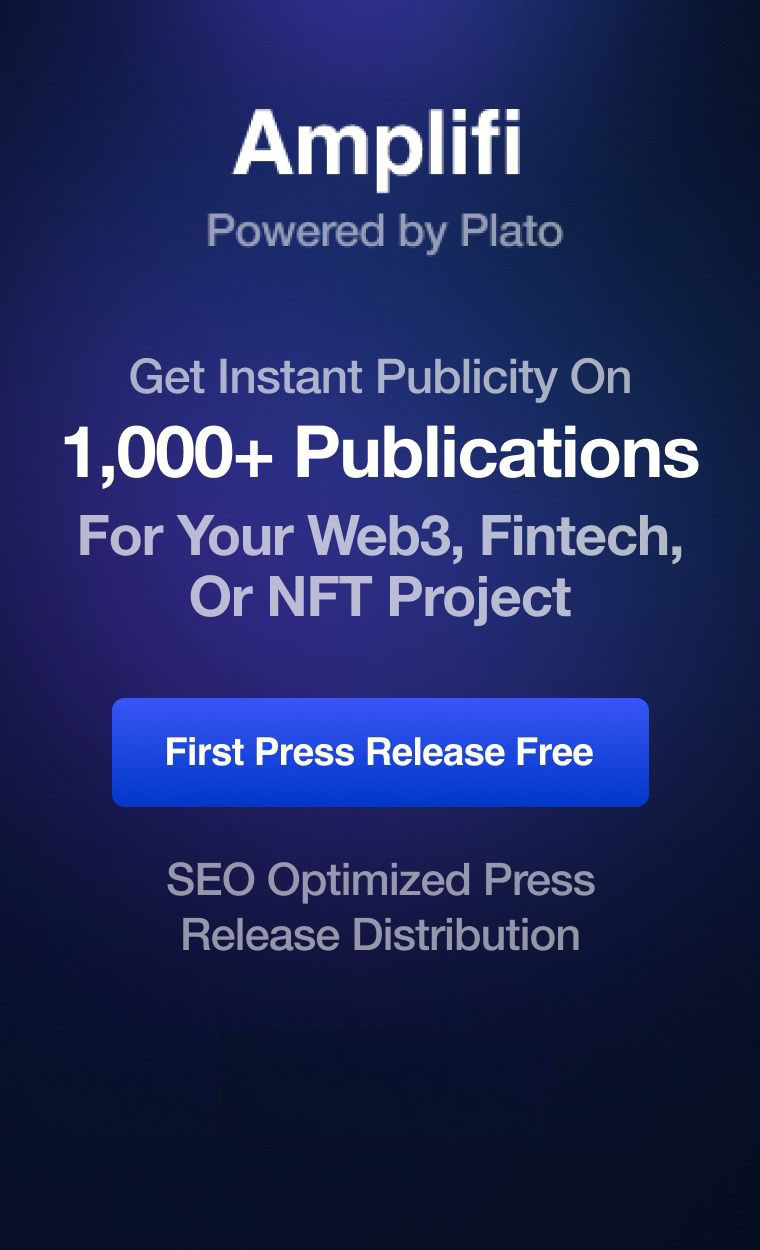
Reading Time: 4 minutes
From Promises Enforced by Law to Promises Enforced by Code
Blockchains are the first technology ever invented that gives software systems the ability — without trusted intermediaries — to make highly credible promises. These promises are enforced by a novel combination of technological innovations spanning peer-to-peer networking, encryption, and consensus mechanisms.
The first blockchain was created in 2009 by Satoshi Nakamoto as a solution to the long-standing problem of how to create a digital currency that operates outside of the control of banks and governments. This solution was named Bitcoin, and it successfully coordinated the establishment and maintenance of a new, independent system of money that is native to the internet. Bitcoin works and has grown magnificently because it makes several very important promises that are deemed highly credible by the individuals and businesses who use it.
The invention of blockchains represents a paradigm shift because the institutions that coordinate resources and activities in human society are fundamentally built on promises.
Take for instance the banking system, which we fund in exchange for promises to help us save and invest, operate businesses, and manage financial risks; or the legal system, which we fund in exchange for a promise to enforce a set of societally and economically beneficial rules; or the institution of the US Dollar, which we fund in exchange for promises to facilitate trade and maintain economic stability.
With blockchains, we can represent many of these promises in software. But why would we want to do that?
Today’s Institutions Will Not Scale for the Internet Age
The aforementioned institutions (along with many others) have pushed society forward immeasurably and have greatly improved our standard of living, but they have critical limitations that have only become clear over the last several decades — namely, in an increasingly global world, their promises don’t extend across borders, and too often those promises are broken altogether, in ways that irreversibly destroy trust and hinder progress.
This insight leads to the understanding that blockchains, by providing a means of making stronger promises, are an institutional innovation that has arrived at a most opportune time. They are a technology that enables us to architect new types of institutions that are purpose-built for a global, internet-connected society.
The World Needs Scalable Institutions
As we continue to transition from life driven by analog institutions and fragmented across national boundaries, to an internet-based, digital-first society, the need for globally scalable institutions has never been greater.
The internet sector made up over 10% of US GDP in 2018 and grew 9 times faster than the US economy as a whole from 2012 to 2018. It is likely that the GDP of the Internet will far surpass that of any individual nation-state within the next decade or two.
This underscores the potential gravity of the opportunity presented by blockchains: in a world defined by instant, global communication and global markets, what types of institutions will people use to coordinate resources and economic activities?
Bitcoin Exposed Latent Demand for New Institutions
The growth of Bitcoin and the ecosystem surrounding it serves as evidence that blockchain-based institutions have the potential to fill in the gaps left by our analog institutions and allow the internet economy to thrive. In its first 10 years of life, Bitcoin has facilitated over $2 trillion worth of money transfers and has spawned one of the most liquid, global marketplaces in the world.
On the back of its growth, some of the world’s fastest growing startups in history have flourished — the crypto brokerage Coinbase grew from 0 accounts to more than 30 million in 5 years, vastly outpacing the reach of traditional brokerages, and the crypto exchange Binance generated over $1 billion in cumulative profit less than 3 years after launching.
These are not merely vanity stats; the first use case of blockchain, internet-native money, offers tangible benefits that no other form of money has ever been able to offer. In particular, Bitcoin is the first form of money that is resistant to inflation, censorship, and involuntary seizure, and it is accessible to anyone in the world with an internet connection.
These properties make it attractive to a number of different parties:
1) to investors, as a form of digital gold;
2) to people that reside in countries with weak or restrictive monetary systems, as a means of participating in the global economy; and
3) to businesses that facilitate large amounts of cross-border trade, as a cheap and efficient means of settlement.
The use case for money alone has a total addressable market in the tens of trillions, and the growth of internet-native money will propel blockchain startups to a much greater scale than they have already achieved.
From Money to Other Institutions
Outside of money, a generation of entrepreneurs are asking what other blockchain-based institutions might be able to flourish in the internet age, and there are exciting early developments spanning the fields of financial services, identity, cloud computing, social networks, and more. In financial services, new institutions are being created to fundamentally rethink how lending, trading, investing, and insurance could be architected for the internet economy.
The promise of these institutions is to offer similar benefits to Bitcoin: highly secure, tamper-proof services that mitigate counterparty risk and are accessible to all people with an internet connection.
These new institutions are not replacements for our analog institutions. Rather, they augment their capabilities and extend the places that we are able to do business with the comfort that promises will be delivered on. Simply put, these developments have the potential to expand the size of the internet economy by orders of magnitude.
Where Are We Today?
Today we’re at a critical juncture in this technology’s arc of evolution. Only in the last several years has it become clear that Bitcoin has been a successful experiment, but the tools to make it widely usable have not yet reached maturity, making apt an analogy to the internet before Netscape.
However, all future blockchain-based applications benefit from the infrastructure build-out that Bitcoin has catalyzed, and vice versa. This is particularly relevant in light of major new entrants to the space both from the financial world (Fidelity, Square), Big Tech (Facebook/Libra) and governments (China’s central bank digital currency), who will contribute to this infrastructure build-out and may ultimately serve as massive on-ramps to a blockchain-powered digital economy.
If Bitcoin’s growth so far is any indication of the potential of internet-centric institutional innovation, the blockchain space is positioned to offer many attractive investment opportunities with asymmetric return profiles, both in new institutions directly and in the ecosystems that form around them.
Thanks to Spencer Bogart and Kinjal Shah for reviewing.
Source: https://blockchain.capital/blockchains-unlock-institutions-with-internet-scale/



